Home>Furniture>Kitchen Furniture>What Is Chinese Hot Pot
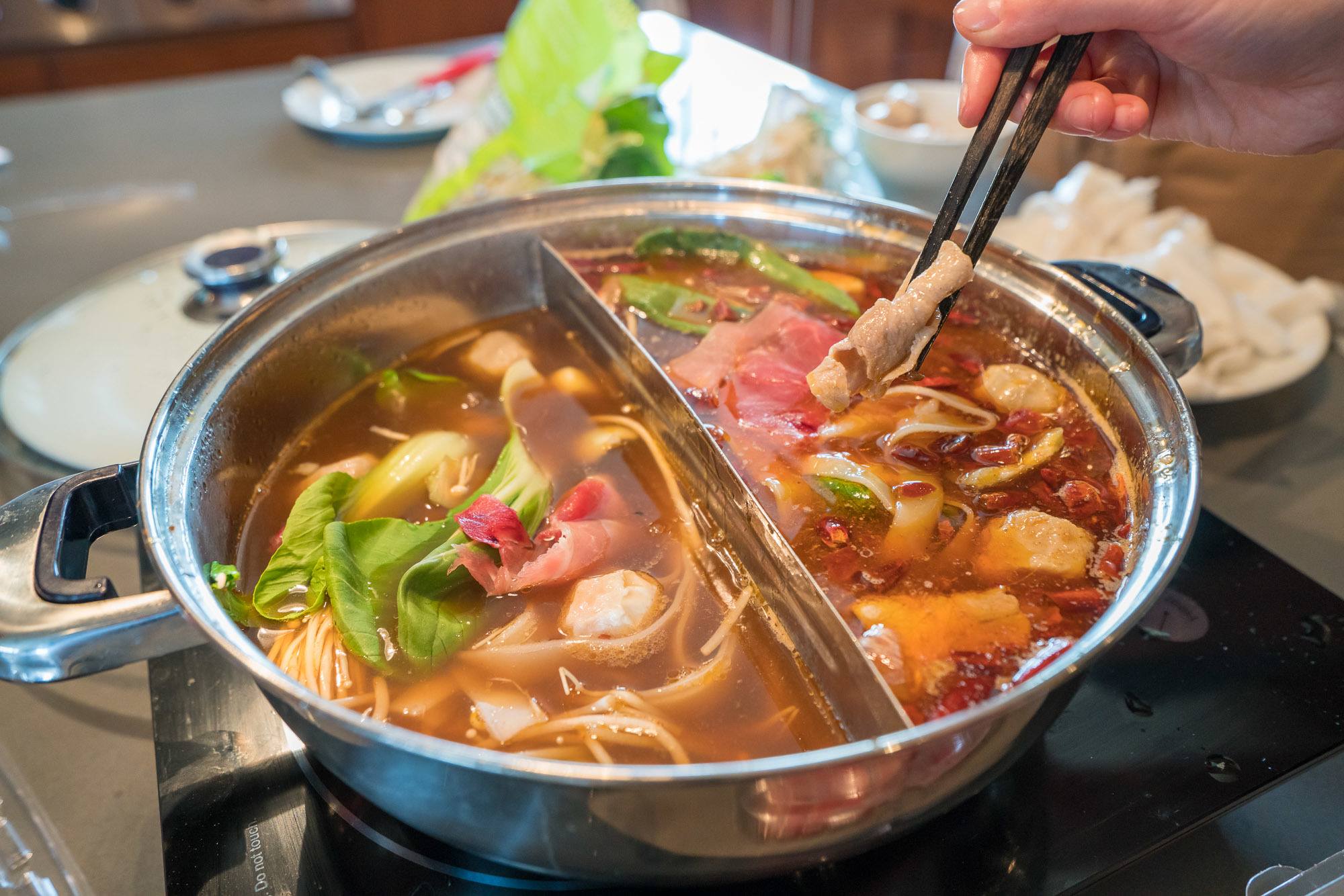

Kitchen Furniture
What Is Chinese Hot Pot
Modified: January 6, 2024
Discover the origins and flavors of hot pot Chinese cuisine in this informative article. Learn about the different ingredients, cooking techniques, and regional variations that make hot pot a beloved dish.
(Many of the links in this article redirect to a specific reviewed product. Your purchase of these products through affiliate links helps to generate commission for Storables.com, at no extra cost. Learn more)
Introduction
Hot pot, also known as Chinese fondue, is a popular and communal dining experience that has been enjoyed in China for centuries. It is a delicious and interactive way of cooking food at the table, where diners gather around a simmering pot of fragrant broth and cook a variety of ingredients to their liking. With its rich history, diverse flavors, and unique cooking methods, hot pot has become a beloved culinary tradition both in China and around the world.
The origins of hot pot can be traced back to ancient China, where it was initially called “huoguo,” meaning “fire pot.” It was a simple method of cooking food over an open flame, using a clay or metal pot filled with simmering broth. Over time, hot pot evolved into an elaborate and versatile dining experience, with different regions in China putting their own spin on the dish.
The concept of hot pot is centered around the idea of communal eating and sharing a meal with friends and family. It encourages a sense of togetherness and allows everyone to participate in the cooking process, creating a fun and interactive dining experience. The ingredients used in hot pot are varied and can include a combination of meat, seafood, vegetables, tofu, noodles, and more.
Hot pot is not just a meal; it’s an experience that brings people together. It is a social activity where conversations flow, laughter fills the air, and bonds are strengthened. The simmering broth, aromatic spices, and sizzling sounds create an inviting ambiance that captivates the senses.
Hot pot also offers a wide range of flavors and culinary possibilities. Different regions in China have their own unique hot pot styles and flavor profiles, reflecting the local ingredients and culinary traditions. Whether it’s the spicy and numbing Sichuan hot pot, the fragrant and herbal Cantonese hot pot, or the savory and rich Mongolian hot pot, there is a hot pot variation to suit every palate.
In recent years, hot pot has gained popularity outside of China, with hot pot restaurants popping up in major cities around the world. The interactive and customizable nature of hot pot appeals to a wide audience, making it a favorite choice for social gatherings, celebrations, and special occasions.
Join us as we delve into the fascinating world of hot pot, exploring its history, regional variations, cooking methods, etiquette, popular ingredients, health benefits, and more. Discover why hot pot has become a global culinary sensation and why it continues to bring people together in a delicious and unforgettable way.
Key Takeaways:
- Hot pot is a beloved Chinese tradition that brings people together through interactive dining, diverse flavors, and health benefits, making it a global culinary sensation for communal and personalized experiences.
- With regional variations, customizable ingredients, and evolving trends, hot pot continues to captivate food enthusiasts worldwide, offering a delightful and interactive dining experience that fosters togetherness and creates lasting memories.
Read more: Where To Buy A Chinese Hot Pot
History of Hot Pot
The origins of hot pot can be traced back over a thousand years to ancient China. It is believed to have originated in the northern part of the country, where the icy winters necessitated a warming and nourishing meal. Hot pot was a practical way to cook food using a communal cooking vessel filled with simmering broth over an open flame.
The concept of cooking food in a communal pot quickly spread throughout China and became increasingly popular during the Tang Dynasty (618-907 AD). Not only was hot pot a delicious and warming meal, but it also fostered a sense of togetherness and social bonding, as friends and family sat around the pot, cooking and sharing the food.
During the Qing Dynasty (1644-1912), hot pot experienced a surge in popularity and became an essential part of Chinese cuisine. The invention of portable stoves made it easier to enjoy hot pot outside of the home, leading to the proliferation of hot pot restaurants throughout China.
Hot pot continued to evolve and adapt to different regional tastes and preferences. Each region in China developed its own unique hot pot style, reflecting the local ingredients and culinary traditions. For example, Sichuan hot pot is known for its fiery and numbing flavors, thanks to the generous use of Sichuan peppercorns and chili peppers. Cantonese hot pot, on the other hand, emphasizes light and delicate flavors, often featuring a clear and herbal broth.
In recent decades, hot pot has gained international recognition and has become a beloved dining experience worldwide. It has transcended cultural boundaries and is enjoyed by people of diverse backgrounds. Hot pot restaurants can now be found in major cities around the globe, offering a taste of China’s rich culinary heritage.
Today, hot pot continues to evolve, with modern variations that cater to different dietary preferences and requirements. Vegetarian hot pot options are available, as well as healthier versions that use low-sodium broths and lean meats. Some hot pot restaurants even offer innovative fusion flavors, combining traditional Chinese ingredients with international influences.
The rich history of hot pot is a testament to its enduring popularity and its ability to bring people together. Whether it’s a chilly winter’s evening or a celebratory gathering, hot pot remains a cherished and delicious tradition that symbolizes warmth, connection, and the joy of shared meals.
The Concept and Ingredients
The concept of hot pot revolves around a communal cooking experience, where diners gather around a simmering pot of flavorful broth and cook a variety of ingredients to their liking. It is a highly customizable meal that offers a wide range of ingredients for diners to choose from.
The centerpiece of a hot pot meal is the hot pot itself, which is typically a large pot placed in the middle of the table. The pot is filled with a savory broth that serves as the base for cooking the ingredients. The broth can vary in flavors, ranging from spicy and aromatic to mild and herbal, depending on the regional style of hot pot.
The selection of ingredients for hot pot is vast and diverse, catering to different tastes and dietary preferences. Some popular ingredients used in hot pot include:
- Meat: Thinly sliced beef, lamb, pork, chicken, and seafood such as shrimp or fish are commonly used in hot pot. The meat cooks quickly in the hot broth, resulting in tender and flavorful bites.
- Vegetables: A variety of vegetables can be added to hot pot, such as leafy greens, mushrooms, bok choy, cabbage, corn, and bean sprouts. These vegetables add freshness and texture to the meal.
- Tofu: Tofu is a versatile ingredient in hot pot. It can be found in various forms, including soft tofu, fried tofu, and tofu skin. Tofu absorbs the flavors of the broth and adds a creamy and delicate texture to the dish.
- Seafood: Hot pot offers a delicious array of seafood options, such as shrimp, fish balls, crab, squid, and scallops. The seafood enhances the flavors of the broth, creating a rich and savory taste.
- Noodles: Noodles are an essential component of hot pot. From thin rice noodles to thick udon noodles, they soak up the flavors of the broth and provide a satisfying, carb-filled addition to the meal.
- Dumplings and Balls: Hot pot often includes various dumplings and balls, such as fish balls, meatballs, and vegetable dumplings. These bite-sized morsels add variety and enhance the overall dining experience.
- Sauces and Dips: Hot pot is often accompanied by an array of sauces and dips for added flavor. Some popular options include soy sauce, sesame oil, chili oil, peanut sauce, and cilantro paste. These condiments allow diners to customize the taste of their hot pot creations.
One of the key aspects of hot pot is the interactive nature of the meal. Diners take turns placing their chosen ingredients into the pot and waiting for them to cook. This process encourages conversation, laughter, and a sense of camaraderie as everyone enjoys the experience together.
Whether it’s a traditional hot pot with a wide selection of ingredients or a specialized hot pot catering to specific dietary preferences, the concept of hot pot allows diners to tailor the meal to their personal tastes, making it a truly personalized and enjoyable dining experience.
Regional Variations
Hot pot is a beloved dish in China, and different regions have developed their own unique styles and flavor profiles. Let’s explore some of the popular regional variations of hot pot:
- Sichuan Hot Pot: Sichuan hot pot is known for its bold, spicy, and numbing flavors. The broth is made with a rich combination of Sichuan peppercorns, dried chili peppers, and various aromatic spices. It creates a fiery and piquant broth that stimulates the taste buds. Sichuan hot pot often features a wide selection of meats, including thinly sliced beef, lamb, and offal. It is a favorite among spice enthusiasts.
- Cantonese Hot Pot: Cantonese hot pot emphasizes light and delicate flavors. The broth is usually clear and aromatic, often made with a combination of chicken, pork, and seafood. Cantonese hot pot is known for its high-quality ingredients, including fresh seafood, premium cuts of meat, and a variety of vegetables. It is a milder option compared to other hot pot styles, allowing the natural flavors of the ingredients to shine.
- Mongolian Hot Pot: Mongolian hot pot is influenced by the nomadic culture of Inner Mongolia. The broth is typically made with lamb or beef bone, which gives it a hearty and robust flavor. Mongolian hot pot is known for its inclusion of ingredients such as lamb, beef, mushrooms, noodles, and root vegetables. It offers a satisfying and filling dining experience, perfect for colder climates.
- Yunnan Hot Pot: Yunnan hot pot showcases the unique flavors of the Yunnan province in southwestern China. The broth is often made with chicken or mushroom, infusing it with earthy and aromatic flavors. Yunnan hot pot is characterized by its diverse selection of fresh vegetables, wild mushrooms, and unique herbs like mint and parsley. It offers a refreshing and light hot pot experience.
These are just a few examples of the regional variations of hot pot in China. Each style has its own distinct flavors, ingredient choices, and cooking methods, reflecting the local culinary traditions and preferences.
Outside of China, hot pot has also gained popularity and has been adapted to suit local preferences and ingredients. For example, in Japan, a variation called “shabu-shabu” is popular, featuring thinly sliced beef and a light soy-based broth for dipping. In Thailand, a spicy and aromatic version called “mookata” combines hot pot with barbecue.
Regardless of the regional variation, hot pot always offers a delightful and interactive dining experience, where friends and family can come together to enjoy a communal meal and create memories.
Hot Pot Cooking Methods
Hot pot cooking involves more than just adding ingredients to a simmering broth. There are various cooking methods and techniques that can be employed to enhance the flavors and textures of the ingredients. Let’s explore some of the common cooking methods used in hot pot:
- Simmering: The most basic and traditional method in hot pot cooking is simmering. Once the ingredients are added to the pot, they are gently cooked in the simmering broth until they reach the desired doneness. This method is ideal for delicate ingredients like thinly sliced meats, tofu, and vegetables.
- Swirling: Swirling is a technique used to cook ingredients that need less time in the broth. Instead of leaving the ingredients to simmer, you can swirl them around in the broth for a quick and even cook. This technique is perfect for leafy greens, seafood, and more delicate items that can easily overcook if left in the pot for too long.
- Dipping: Dipping is commonly used for thinly sliced meats and seafood. Once the ingredients are cooked in the broth, they can be dipped into a variety of sauces or condiments for added flavor. This allows diners to customize their dipping experience and enjoy the hot pot ingredients with their preferred flavors.
- Wrap and Roll: Some ingredients, like tofu skin or lettuce leaves, are perfect for wrapping other ingredients. After cooking in the hot pot, these ingredients can be used as a base to wrap other ingredients, creating flavorful and interactive bites. Common fillings for wraps include meat, seafood, vegetables, and noodles.
- Skewering: Skewering is a fun and engaging way to cook ingredients in hot pot. Small pieces of meat, seafood, or vegetables are placed on skewers and submerged into the boiling broth. This method allows for easy handling and ensures even cooking of the ingredients.
- Double Cooking: Double cooking is a technique used to enhance the flavor and texture of certain ingredients. For example, meat can be briefly cooked in the broth to seal in the juices and then removed and dipped in a flavorful sauce before eating. This method adds an extra layer of flavor and creates a succulent and satisfying dining experience.
These cooking methods and techniques add variety and excitement to the hot pot experience. They allow diners to experiment with different flavors and textures, creating a truly interactive and personalized meal.
It’s important to note that the cooking time for ingredients may vary depending on their size, thickness, and desired level of doneness. It is recommended to cook meat thoroughly to ensure food safety.
As you embark on your hot pot journey, don’t be afraid to explore and experiment with different cooking methods. The possibilities are endless, and each method adds its own unique touch to the hot pot experience.
Hot Pot is a popular Chinese cooking method where a simmering pot of broth is placed in the center of the table, and diners cook a variety of raw ingredients, such as thinly sliced meat, seafood, and vegetables, in the broth. It’s a fun and interactive dining experience to enjoy with friends and family.
Read also: 8 Amazing Chinese Hot Pot for 2024
Hot Pot Etiquette
When enjoying a hot pot meal, it’s important to observe proper hot pot etiquette to ensure a pleasant dining experience for everyone involved. Hot pot etiquette revolves around respect, consideration for others, and the joy of sharing a meal together. Here are some key points to keep in mind:
- Wait for the broth to heat up: Before adding ingredients to the hot pot, make sure the broth is fully heated. This ensures that the ingredients cook properly and reduces the risk of undercooked food.
- Coordinate cooking times: When dining with a group, it’s essential to coordinate the cooking times for ingredients. Some ingredients may require longer cooking times, while others cook quickly. Be mindful of what others want to cook and adjust your cooking time accordingly.
- Use serving utensils: To prevent cross-contamination and maintain the cleanliness of the communal pot, use serving utensils instead of using your personal utensils to handle ingredients. This helps to maintain the hygiene of the meal and ensures that everyone can enjoy the hot pot safely.
- Do not overfill your plate: It’s better to take smaller portions of ingredients rather than overfilling your plate. This allows everyone at the table to have a fair share of the ingredients, and it prevents food from being wasted.
- Be mindful of the broth level: As you cook ingredients, the level of broth in the pot may decrease. Keep an eye on the broth level and add more if necessary. It’s important to maintain an adequate amount of broth to ensure proper cooking of the ingredients.
- Respect dietary preferences: If dining with others who have specific dietary preferences or restrictions, be considerate of their choices. This may mean keeping certain ingredients separate or providing alternatives to accommodate everyone’s needs.
- Enjoy the dipping sauces: Dipping sauces and condiments are an integral part of the hot pot experience. Experiment with different combinations and flavors to find your perfect dipping sauce. However, avoid using the communal dipping sauce bowls as personal containers to prevent cross-contamination.
- Engage in conversation and enjoy the experience: Hot pot is not just about the food; it’s also about the company and the shared experience. Engage in conversation, enjoy the delicious food, and savor the moment of communal dining.
Observing proper hot pot etiquette ensures that everyone can have an enjoyable and harmonious dining experience. Remember to be respectful, considerate, and mindful of others around the table.
By following these etiquette guidelines, you can fully appreciate the traditions and customs associated with hot pot and create lasting memories with your dining companions.
Popular Hot Pot Ingredients
Hot pot offers a vast array of ingredients to choose from, allowing diners to customize their meal according to their preferences. Here are some popular hot pot ingredients that are commonly enjoyed:
- Thinly sliced meats: Beef, pork, lamb, and chicken are popular choices for hot pot. These thinly sliced meats cook quickly in the simmering broth, resulting in tender and flavorful bites.
- Seafood: Hot pot is a seafood lover’s delight, with a variety of options available. Shrimp, fish balls, crab, squid, and scallops are just a few examples of the seafood ingredients that can be added to the pot.
- Tofu: Tofu is a versatile ingredient in hot pot, loved for its ability to absorb the flavors of the broth. Soft tofu, firm tofu, fried tofu, and tofu skin are common choices in hot pot and offer different textures and flavors.
- Vegetables: A variety of vegetables can be included in hot pot to add freshness and color to the meal. Leafy greens, mushrooms, bok choy, cabbage, corn, bean sprouts, and broccoli are popular vegetable choices.
- Noodles: Noodles are an essential part of the hot pot experience. From thin rice noodles to chewy udon noodles, they serve as a substantial base and soak up the flavors of the broth.
- Eggs: Adding beaten eggs to the hot pot is a wonderful way to create a velvety and creamy texture in the broth. The eggs can be lightly beaten and poured into the simmering broth, creating delicate ribbons of cooked egg throughout the pot.
- Mushrooms: Mushrooms are a popular choice for hot pot due to their earthy flavor and unique texture. Varieties such as shiitake, enoki, oyster, and wood ear mushrooms are commonly used and add depth to the broth.
- Dumplings and balls: Various dumplings and balls are often enjoyed in hot pot, adding an element of fun and variety. Fish balls, meatballs, vegetable dumplings, and tofu balls are just a few examples of these delectable morsels.
- Sauces and condiments: Dipping sauces and condiments are essential accompaniments to hot pot. Soy sauce, sesame oil, chili oil, peanut sauce, and cilantro paste are popular choices for adding extra flavor to the cooked ingredients.
These are just a selection of the many ingredients that can be enjoyed in hot pot. The beauty of hot pot lies in its versatility, allowing you to mix and match any combination of ingredients to create a personalized and delicious meal.
Explore the vast options available and let your taste buds guide you as you craft your own unique hot pot experience.
Health Benefits of Hot Pot
Hot pot not only satisfies the taste buds but also offers several health benefits. By incorporating a variety of fresh ingredients and employing cooking methods that retain their nutritional value, hot pot can contribute to a balanced and nutritious meal. Here are some of the health benefits associated with enjoying hot pot:
- Nutrient-rich ingredients: Hot pot typically includes a wide range of vegetables, lean meats, seafood, and tofu, providing a diverse array of essential nutrients. These ingredients are rich in vitamins, minerals, and antioxidants that support overall health and wellbeing.
- Controlled portion sizes: Hot pot allows individuals to control their portion sizes by choosing their own ingredients and cooking them to their desired doneness. By being mindful of portion sizes, it can support weight management and prevent overeating.
- Low-fat cooking method: Hot pot is generally a low-fat cooking method, as ingredients are typically boiled or simmered in broth rather than being fried or sautéed in oil. This helps to reduce the overall fat content of the meal and can be beneficial for those watching their fat intake.
- High in fiber: Hot pot often includes a generous selection of vegetables and mushrooms, which are excellent sources of dietary fiber. Fiber aids digestion, promotes satiety, and helps maintain a healthy digestive system.
- Hydration: The simmering broth in hot pot helps to keep the body hydrated. This is especially beneficial in hot pot variations that use clear or light broths, as they provide a source of essential fluids while enjoying the flavorful meal.
- Reduced sodium options: Hot pot can be made with low-sodium broths or by using herbs and spices to enhance the flavors instead of relying on excessive salt. This makes it a suitable choice for individuals who are watching their sodium intake.
- Customizable for dietary preferences: Hot pot is highly customizable, allowing individuals to select ingredients that align with their dietary preferences or restrictions. Whether you follow a vegetarian, gluten-free, or dairy-free diet, hot pot can easily be modified to suit your needs.
- Sharing a communal meal: Hot pot is often enjoyed in a communal setting, where friends and family come together to share a meal. This not only fosters social connections but also promotes a positive mindset, which is beneficial for mental health and overall well-being.
While hot pot can offer numerous health benefits, it’s important to be mindful of personal dietary needs and preferences. Opt for a variety of ingredients, focus on balance, and listen to your body’s cues of hunger and fullness.
By incorporating fresh and nutritious ingredients, practicing portion control, and enjoying the shared experience, hot pot can be a delicious and healthful addition to your dining repertoire.
Hot Pot Restaurants and Trends
In recent years, hot pot restaurants have been gaining popularity both in China and around the world. These establishments specialize in providing a dining experience centered around the joys of hot pot. Let’s explore the rise of hot pot restaurants and some of the current trends shaping the industry:
1. Growing Popularity: Hot pot restaurants have become increasingly popular due to their interactive and customizable dining experience. People flock to these establishments to enjoy the communal aspect of cooking and sharing a hot pot meal with friends and family.
2. Specialty Hot Pot Restaurants: While hot pot is traditionally enjoyed as part of a larger menu in China, specialty hot pot restaurants have emerged globally. These restaurants focus solely on hot pot, offering a wide variety of broths, ingredients, and sauces to cater to different tastes and preferences.
3. Fusion Flavors: Hot pot is not limited to traditional Chinese flavors anymore. Fusion hot pot restaurants have started to incorporate international influences, infusing different spices, ingredients, and culinary techniques from around the world. This trend allows for unique and exciting flavor profiles in hot pot dining.
4. High-quality Ingredients: As the popularity of hot pot rises, so does diners’ expectations for high-quality ingredients. Many hot pot restaurants now source premium cuts of meat, fresh seafood, and organic vegetables to offer a more upscale and satisfying dining experience.
5. Health-conscious Options: With the growing emphasis on health and wellness, hot pot restaurants have started to offer healthier alternatives. This includes low-sodium broths, lean meat options, vegetarian and vegan hot pot choices, and the use of organic and locally sourced ingredients.
6. Technology Integration: Some hot pot restaurants have embraced technology by introducing electronic ordering systems or individual hot pot stations equipped with temperature control. These advancements enhance the dining experience, allowing diners to have greater control over their cooking and ordering process.
7. Customizable Experience: Hot pot restaurants now focus on providing a customizable experience for diners. From choosing the type of broth and ingredients to personalizing dipping sauces and condiments, diners have the freedom to tailor their hot pot experience to their individual preferences.
8. Interactive and Artistic Presentations: Some hot pot restaurants have taken the presentation of hot pot to the next level by offering interactive and artistic displays. This could include intricate plating, visually appealing broths, or even theatrical elements like dry ice or flame presentations.
9. Celebrity and Influencer Collaborations: Recognizing the popularity of hot pot, many restaurants collaborate with celebrities and influencers to promote their brand and create buzz. These collaborations often include special hot pot menus, limited-edition ingredients, or customized dining experiences.
10. Delivery and Takeout Options: With the rise of food delivery and takeout services, hot pot restaurants have adapted by offering delivery or takeout options. This allows customers to enjoy hot pot in the comfort of their own homes, further expanding the accessibility and convenience of hot pot dining.
These trends reflect the evolving nature of hot pot dining, as restaurants continuously strive to offer unique and memorable experiences for their customers. With new innovations and flavors on the horizon, the world of hot pot is sure to continue to captivate and delight food enthusiasts around the globe.
Read more: How To Make Chinese Hot Pot Broth
Conclusion
Hot pot, with its rich history, diverse flavors, and interactive cooking experience, has earned its place as a beloved culinary tradition in China and beyond. From its humble beginnings as a simple warming meal during icy winters to its current status as a global culinary sensation, hot pot continues to capture the hearts and palates of food enthusiasts around the world.
With its communal dining concept, hot pot brings people together and fosters a sense of togetherness, laughter, and shared experiences. The simmering pot of fragrant broth becomes the centerpiece of the table, creating an inviting atmosphere where conversations flow freely and bonds are strengthened.
Regional variations of hot pot showcase the diverse culinary landscape of China, each with its own unique flavors, ingredients, and cooking methods. Whether it’s the fiery and numbing Sichuan hot pot, the delicate and aromatic Cantonese hot pot, or the hearty Mongolian hot pot, there is a style to suit every taste.
Hot pot offers a wide array of ingredients, from thinly sliced meats and seafood to vegetables, tofu, and noodles. The customizable nature of hot pot allows individuals to tailor the meal to their preferences, making it suitable for various dietary needs and preferences.
Moreover, hot pot is not just a delicious meal; it also provides several health benefits. The inclusion of nutrient-rich ingredients, controlled portion sizes, low-fat cooking methods, and the communal aspect of hot pot contribute to a balanced and nourishing dining experience.
As hot pot continues to evolve, we see trends emerging, such as fusion flavors, specialty restaurants, health-conscious options, and technology integration. These trends add new dimensions to the hot pot experience, enticing diners with innovative and exciting dining possibilities.
Whether enjoyed at a traditional hot pot restaurant or in the comfort of one’s own home, hot pot is more than just a meal—it’s an experience that brings people together, stimulates the senses, and creates lasting memories. So gather your loved ones, prepare the simmering broth, select your favorite ingredients, and delve into the delightful world of hot pot.
Frequently Asked Questions about What Is Chinese Hot Pot
Was this page helpful?
At Storables.com, we guarantee accurate and reliable information. Our content, validated by Expert Board Contributors, is crafted following stringent Editorial Policies. We're committed to providing you with well-researched, expert-backed insights for all your informational needs.
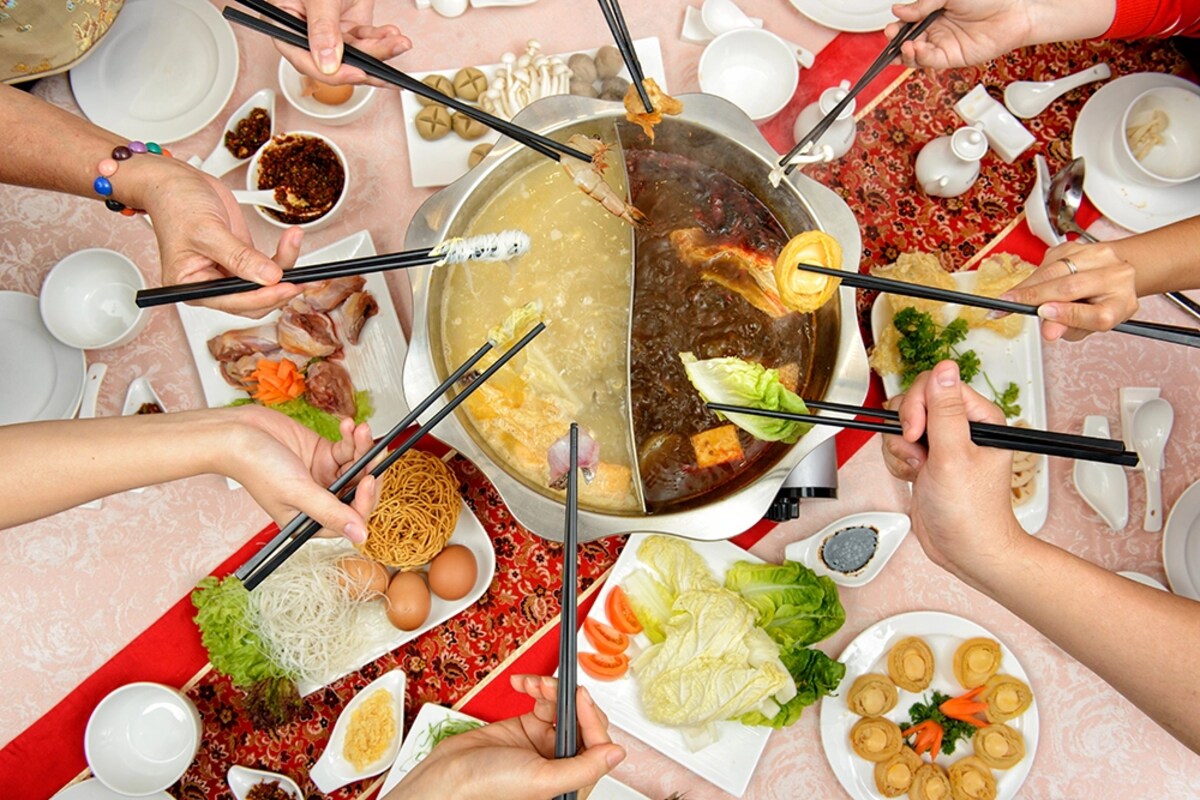

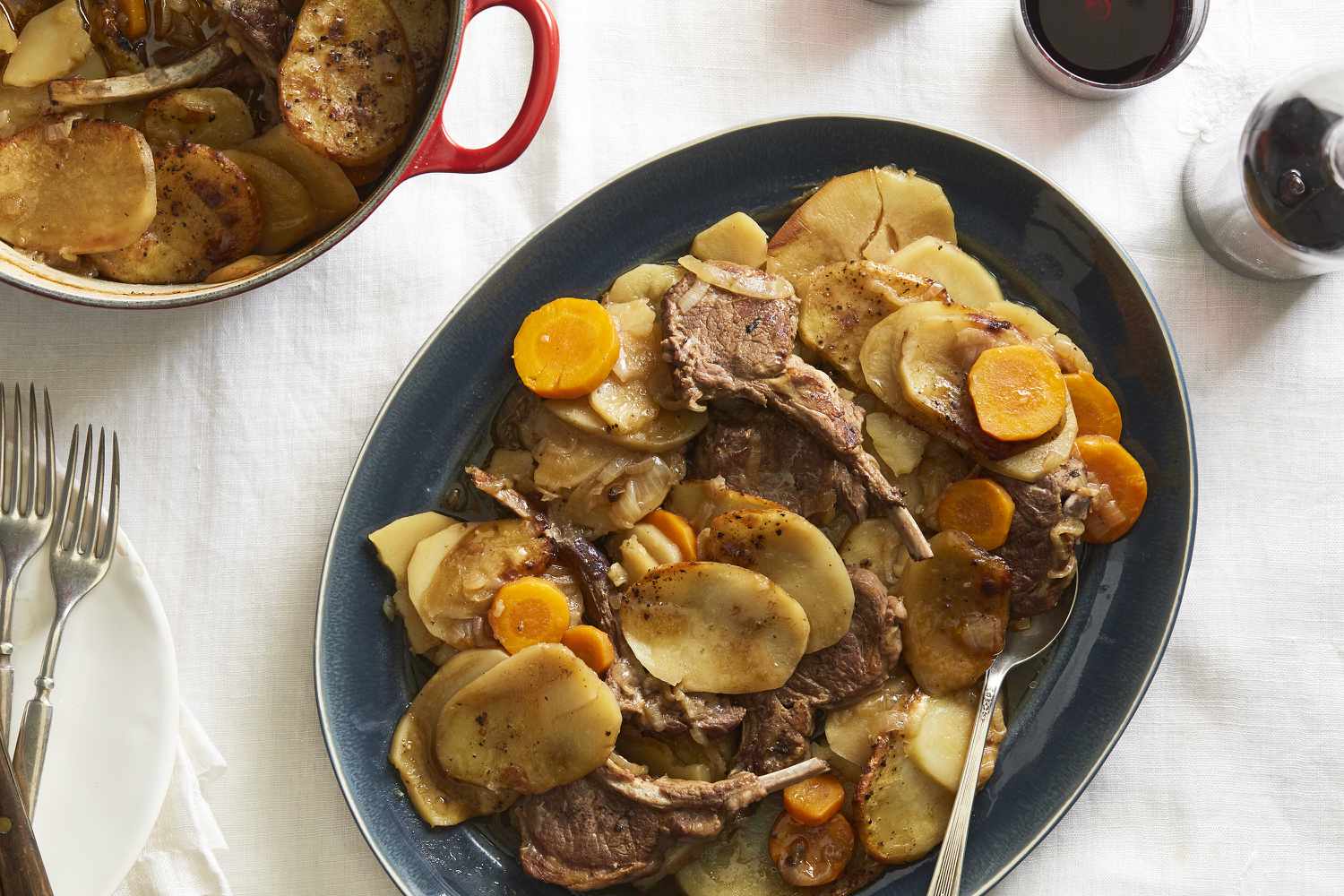
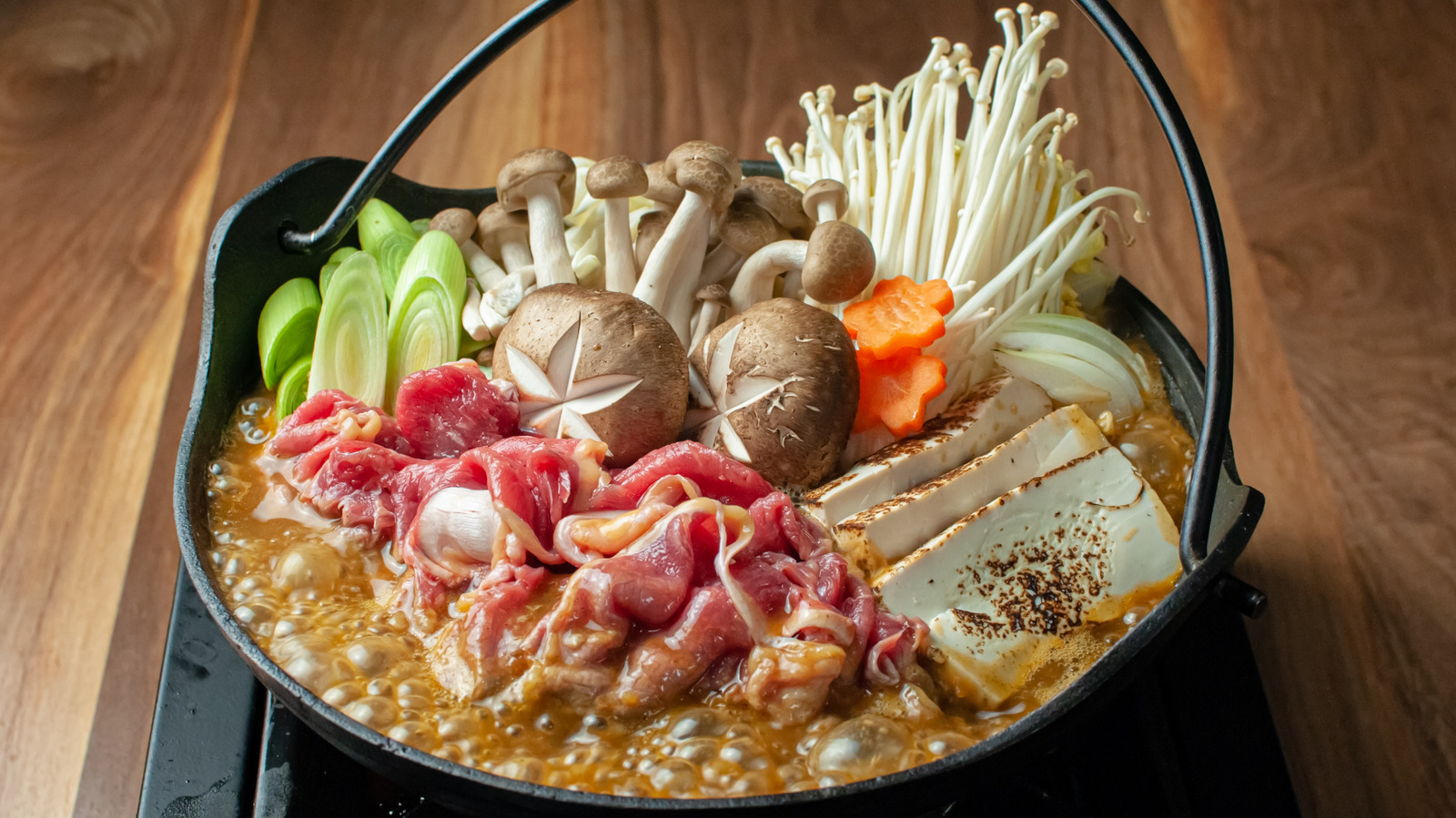
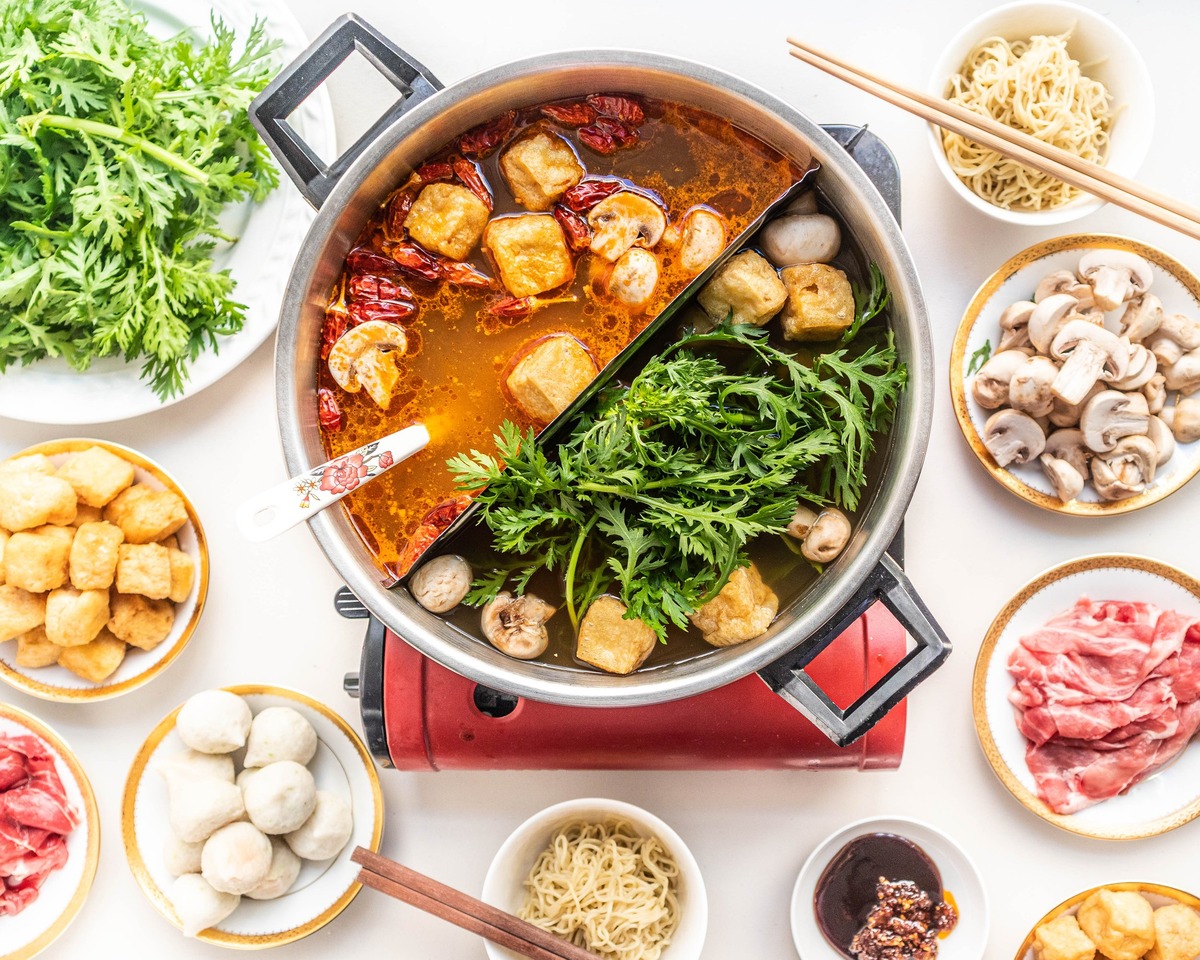
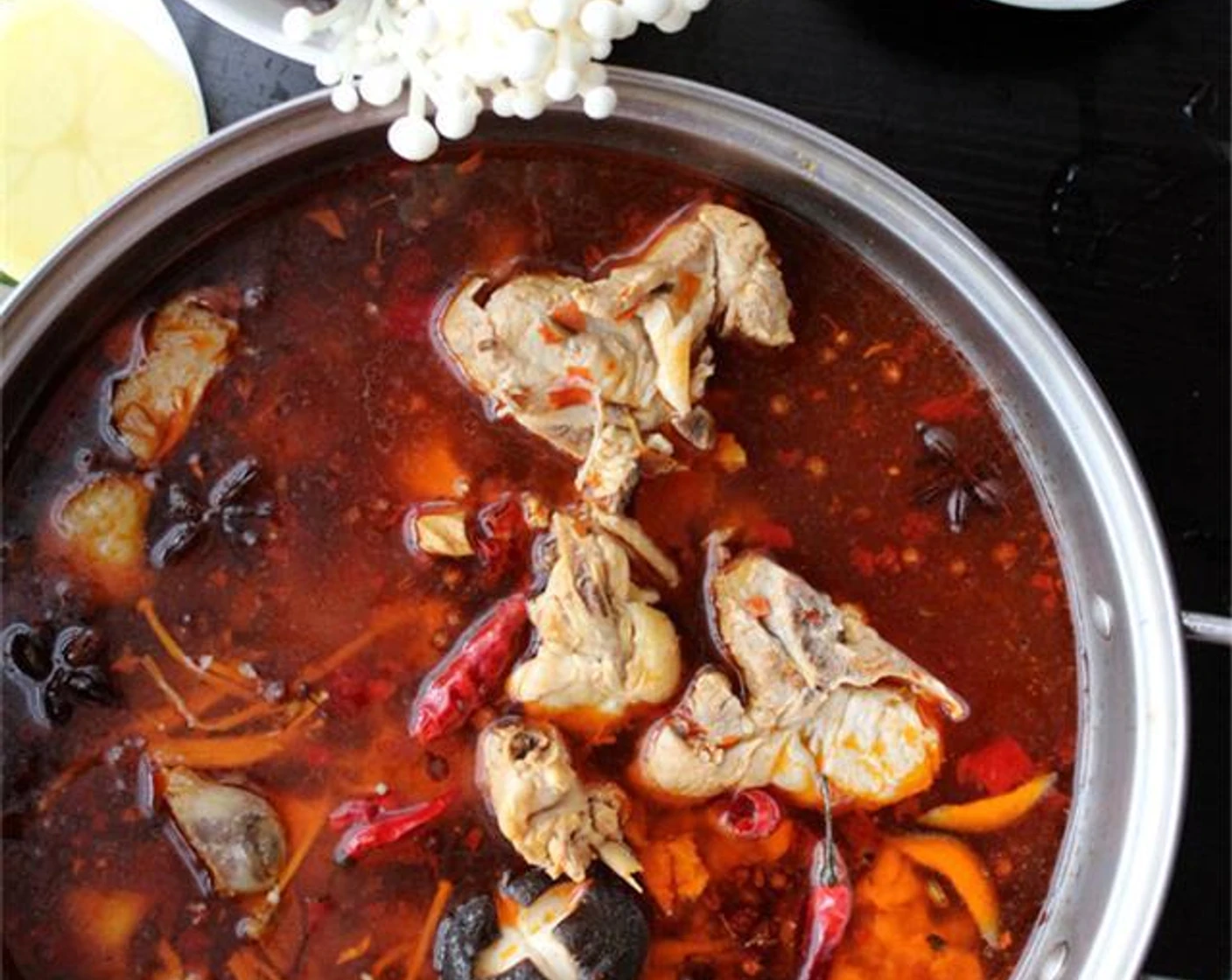
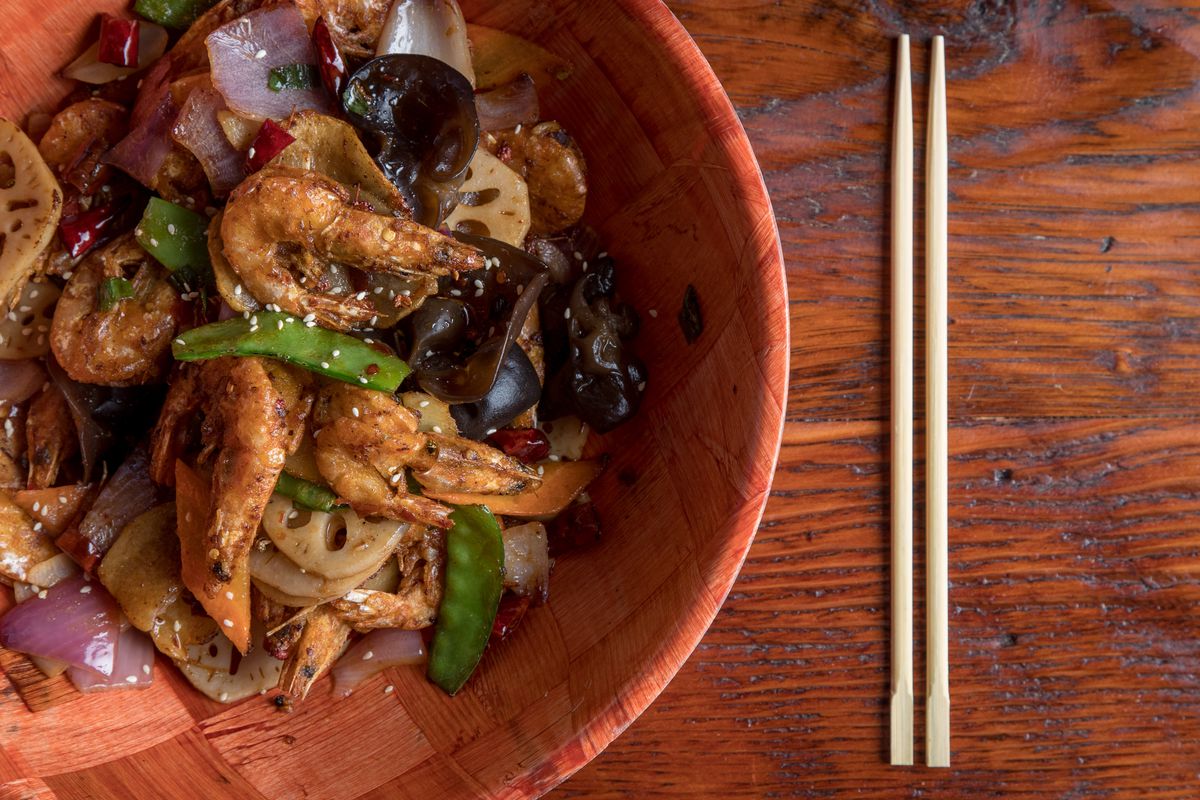
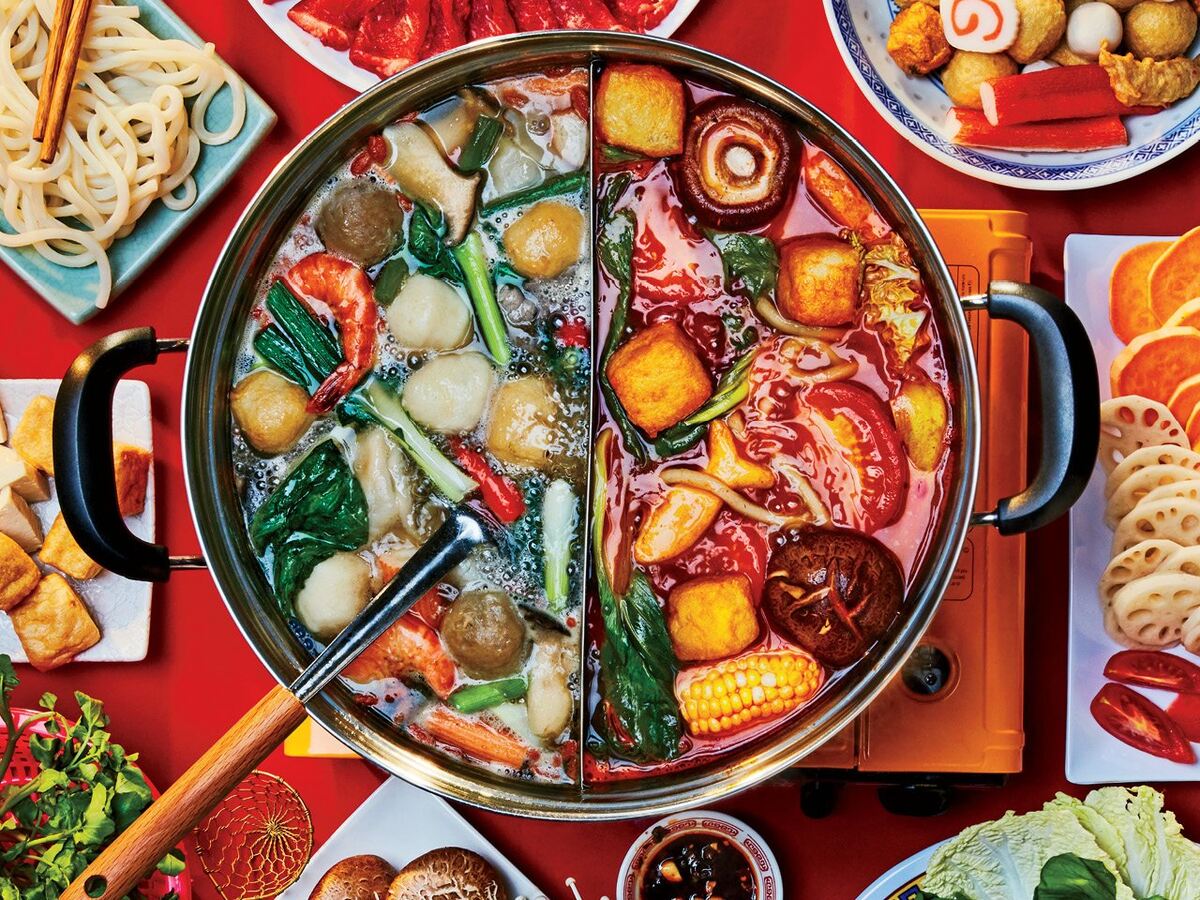
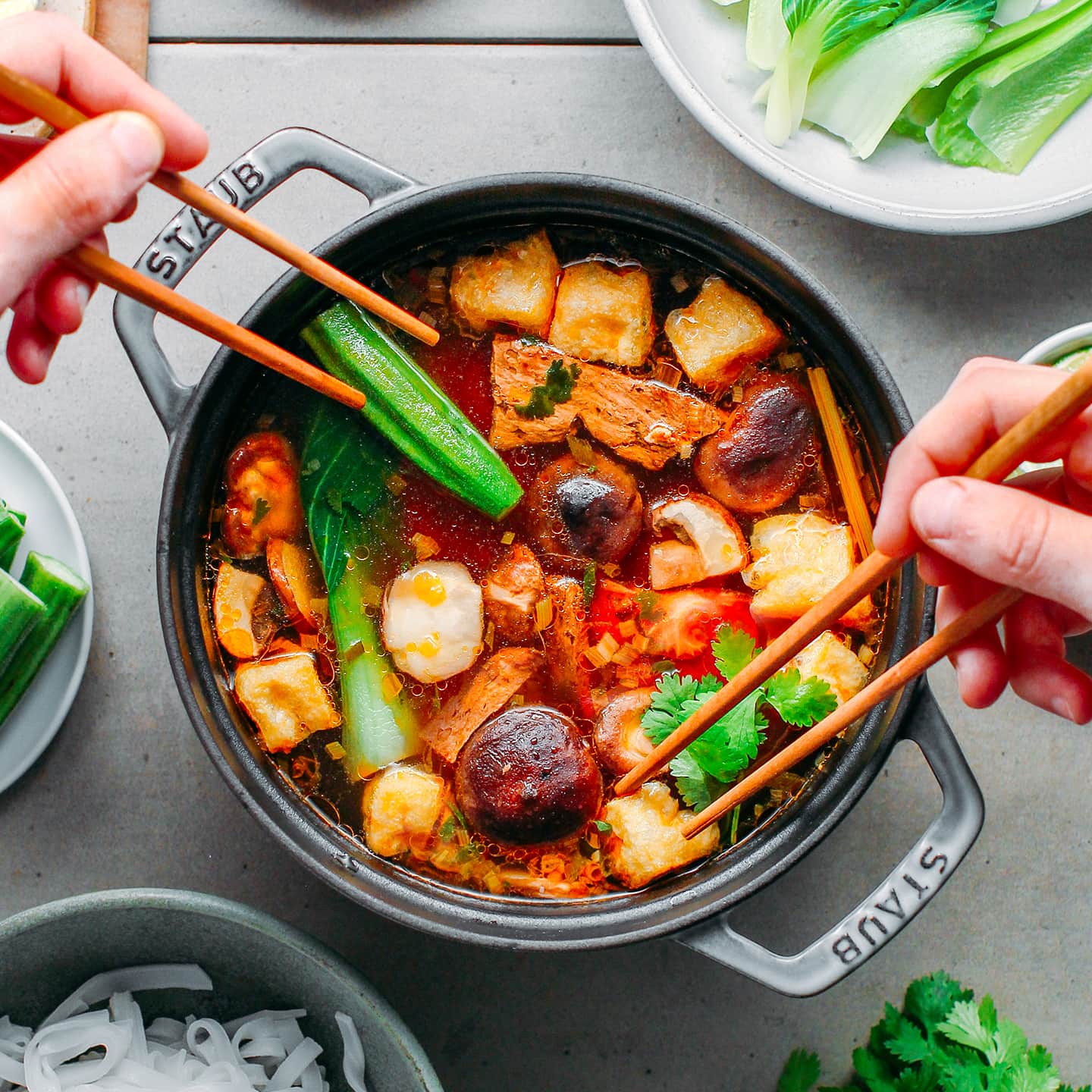
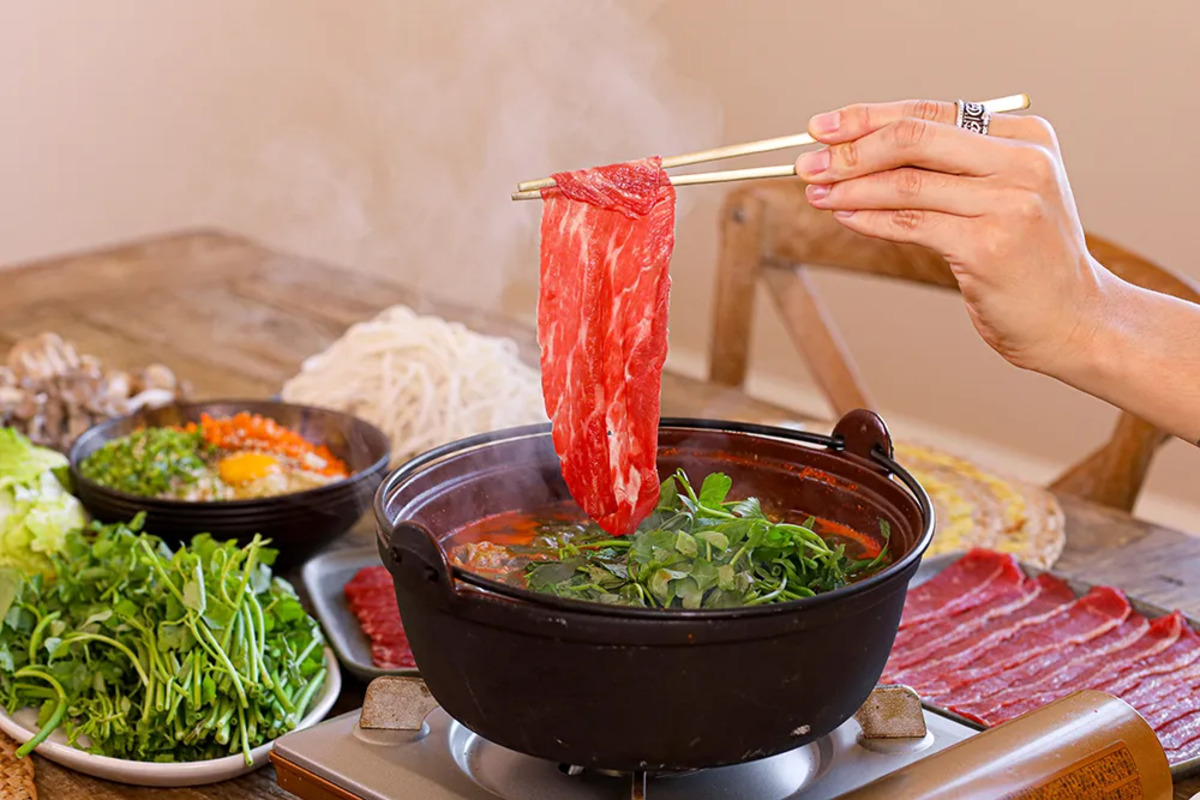
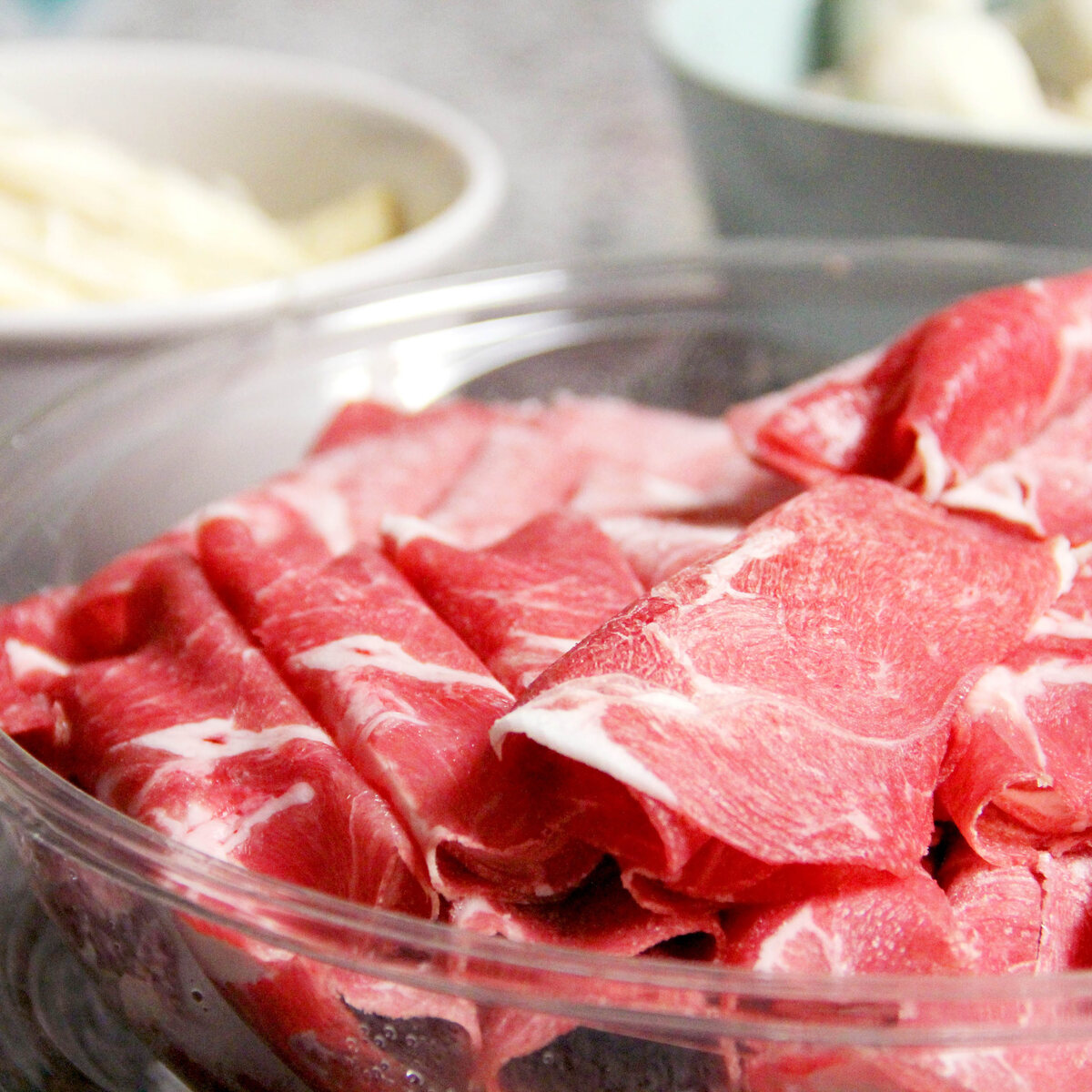
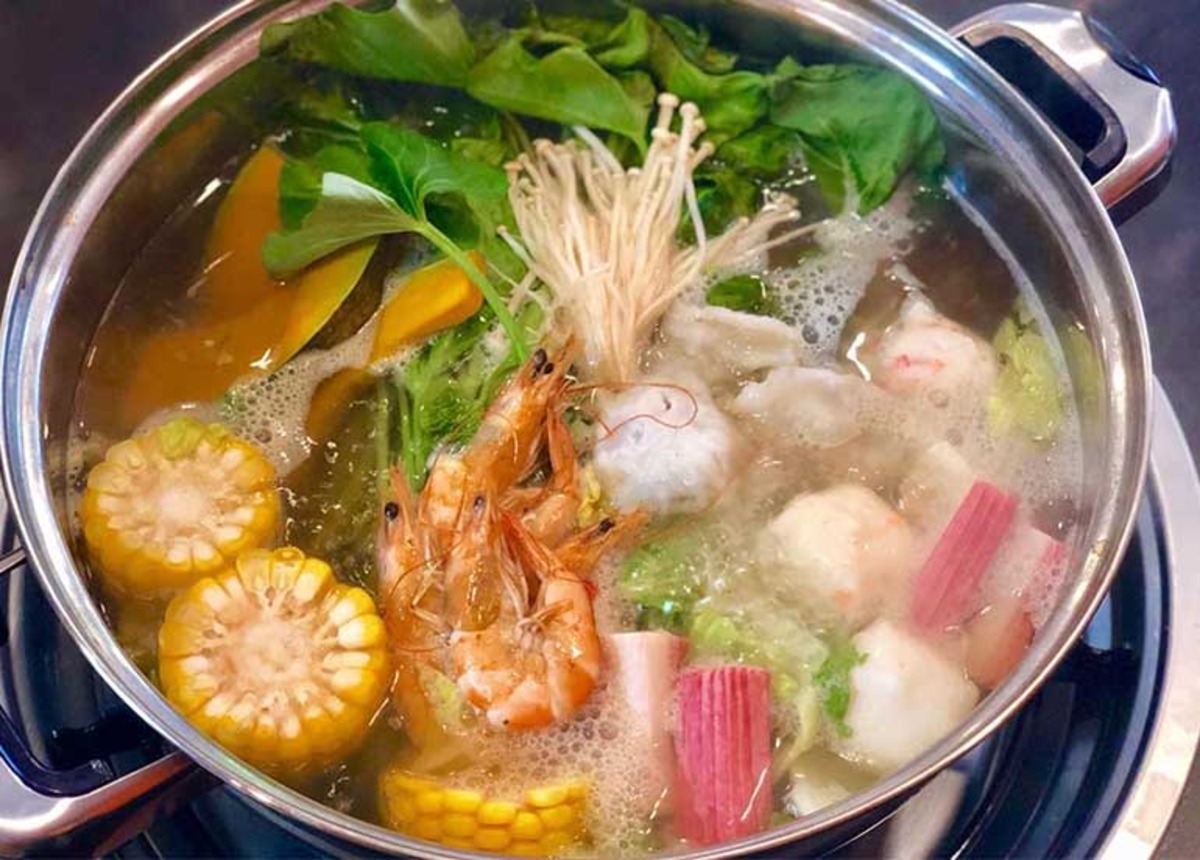


0 thoughts on “What Is Chinese Hot Pot”